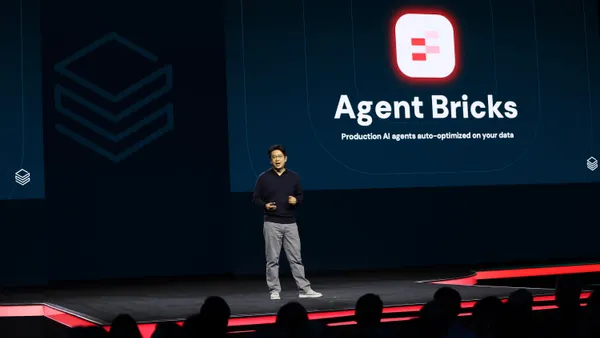Editor’s note: The following is a guest article from Kim Herrington, senior analyst at Forrester.
The road to actionable analytics feels like navigating a winding gravel pathway at night — yet the end destination is clear.
That destination is a data utopia, where data effortlessly translates into insights and lets users make smarter business decisions at the right time.
We call organizations that enjoy this utopia insight-driven businesses (IDBs), and they are built differently. Compared with beginner firms, advanced IDBs are eight times more likely to report that they grew revenue by 20% or more, according to Forrester data.
However, only 7% of businesses worldwide were classified as advanced IDBs from 2019 to 2021.
With a clear goal in mind, why is it so difficult for CIOs to shift their organizations from beginner IDB status to advanced? Enterprise collaboration software is helpful, but people and culture issues are the Achilles’ heel in transforming an organization’s data culture.
The overwhelming majority of senior analytics decision-makers at advanced-level and intermediate-level IDBs invest in a culture that enables employees with skills and tools they need to apply insights relevant to their business area.
Just 58% of respondents at beginner-level firms confirm taking those actions, according to Forrester.
To transform data cultures, CIOs should think ‘future fit’
As CIOs work to transform their data cultures, many fall into the trap of doing the same thing repeatedly yet expecting a different result each time.
CIOs turn to technology to solve every challenge as it’s the medium they are most comfortable with. Yet they can escape this route by getting uncomfortable and looking beyond tech-only solutions to create future-fit data cultures that are resilient, creative, and adaptive.
For future-fit organizations to be successful, employees must be motivated to embrace a growth mindset and leadership must enable adult learning behaviors.
This must be done before enterprise-wide data literacy trainings are launched. However, as data culture and data strategy are such large concepts, it is hard to find a comfortable place to begin a transformation discussion.
Get comfortable asking uncomfortable questions
Most technology executives’ teams produce self-service solutions. CIOs are motivated to change their enterprise data culture to help employees from other departments use those self-service solutions to expedite and inform business decisions.
When it comes to assessing your data culture, communications, and internal content strategy, consider the following five uncomfortable yet common-sense questions:
1. Do all employees know where to seek existing information?
Imagine you created a universal self-service analytics platform. Would the average employee know it even exists or where to find it? In this context, think about business intelligence content management and datacoms.
2. Do all employees know where to go to solicit answers to questions, find help regarding existing information, or request new information?
Say a user found the universal self-service analytics platform but had a question about whether more data was available. Can the average employee figure out where and how to submit tickets or requests? Think about business operations, internal customer service, and communications.
3. Do all employees know where to go to learn how to “speak” information, use platforms, apply policies, or connect with partners?
If a user just wants to connect with others via a platform to stay up to date on the latest updates, can an employee find this information and act on it? In this context, think about learning management, data literacy training and datacoms.
4. Do all employees feel psychologically safe when interacting with others? Do they feel they can ask any question out loud in front of their superiors and peers without fear of rejection?
In a meeting room with data scientists, would the average customer service employee feel it is safe or worth the time to ask what others might perceive as a dumb question? Think about your employee experience and diversity, equity, inclusion and belonging efforts.
5. Do all employees feel comfortable if they need to share information across internal work silos?
Can employees collaborate and share information, trusting in the fidelity of that data? Do they understand the limitations of their access to information based on role and duties? Think about trust, data governance, connected intelligence, data observability, and enterprise collaboration.
These five uncomfortable questions are hard to answer. There’s always hesitation in one area or another, but tech executives can use this process to decide where to dig deeper to develop a future-fit data culture.
Expect curiosity velocity to impact future-fit data cultures
Forrester defines curiosity velocity as the speed by which a user (or employee) can go from knowledge seeker to insight acquisition to action. Time is a unifying theme across all five questions.
Employees can’t be adaptive, creative, and resilient unless they have time to demonstrate those behaviors.
With overflowing workloads and time at a premium, it is crucial to eliminate potential speed bumps that may include:
- Recreating products that already exist
- Waiting for an answer from a manager versus obtaining answers instantly from online documentation
- Hoarding knowledge rather than sharing it based on outdated notions of user privileges.
These examples waste resources, slow productivity, and hinder innovation. To create future-fit data cultures, take action to improve curiosity velocity now.






















